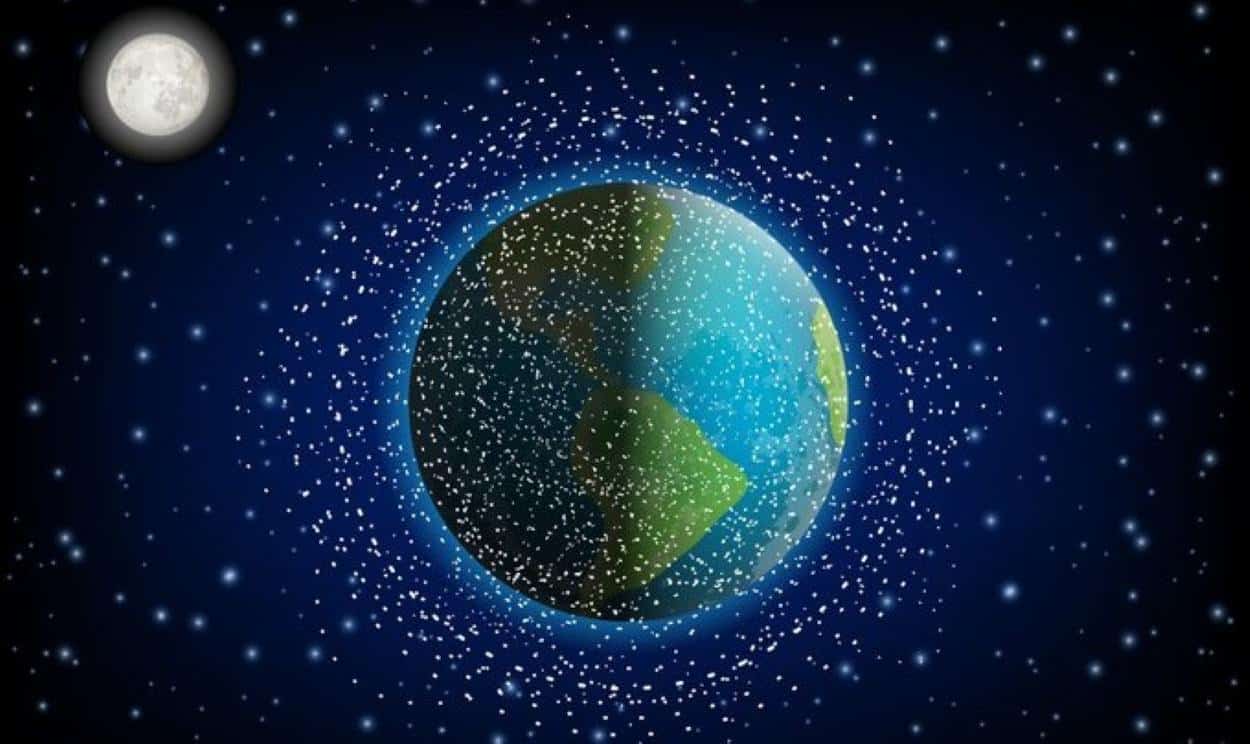Kessler Syndrome, an idea introduced by NASA scientist Donald J. Kessler in 1978, describes the risk of a chain reaction of collisions in Earth’s orbit due to space debris.
The debris, consisting of inactive satellites and other human-created objects, continues to circle the Earth well beyond its intended use with the rise in orbital satellites due in part to the transition from government-led to private space missions, the risk of a “collision cascade” increases, raising concerns among scientists worldwide.
This scenario predicts a critical density of objects in low Earth orbit (LEO), approximately 100-1,200 miles above our planet. Reaching this critical mass could trigger a chain reaction of collisions, potentially rendering the orbit unusable for future missions and threatening the end of the space age as we know it.
What is 'Kessler Syndrome'? Experts warn of 'imminent danger' from space collisions that would knock out Wi-Fi and cellphones https://t.co/TvJcDSWF5F pic.twitter.com/7wxKhYZ5f8
— Daily Mail Online (@MailOnline) December 27, 2024A study in Frontiers 2023 indicates that the growing population of space debris raises the risk of collisions, leading to more debris and a series of negative consequences. Even minor collisions could trigger disastrous chain reactions, threatening all operational satellites and polluting orbits with fast-moving debris. This situation could make access to space increasingly challenging, potentially hindering future exploration of outer space.
According to a CNN report citing several experts, the onset of Kessler Syndrome might already be underway. “The number of objects in space we have launched in the last four years has increased exponentially. So, we are heading towards the situation that we are always dreading,” said Dr. Vishnu Reddy, a professor of planetary sciences at the University of Arizona in Tucson.
What is the Kessler Syndrome? How space junk has become an orbital threat https://t.co/7Otnly3CLe
— USA TODAY (@USATODAY) December 27, 2024Potential Consequences of Kessler Syndrome
The 2013 movie “Gravity” depicted the impact of Kessler Syndrome, showing how a missile strike on a satellite can trigger a series of collisions. However, scientists assert that Kessler Syndrome would unfold over decades. No international regulations exist for cleaning up debris in low Earth orbit (LEO), now considered the planet’s largest garbage dump. The challenge of removing nearly 6,000 tons of debris from LEO stems from the sheer volume of space junk.
A chain reaction of explosions in this orbit could endanger astronauts’ lives, halt rocket launches, and destroy all satellite technology present, signalling a crisis in space infrastructure and exploration.






